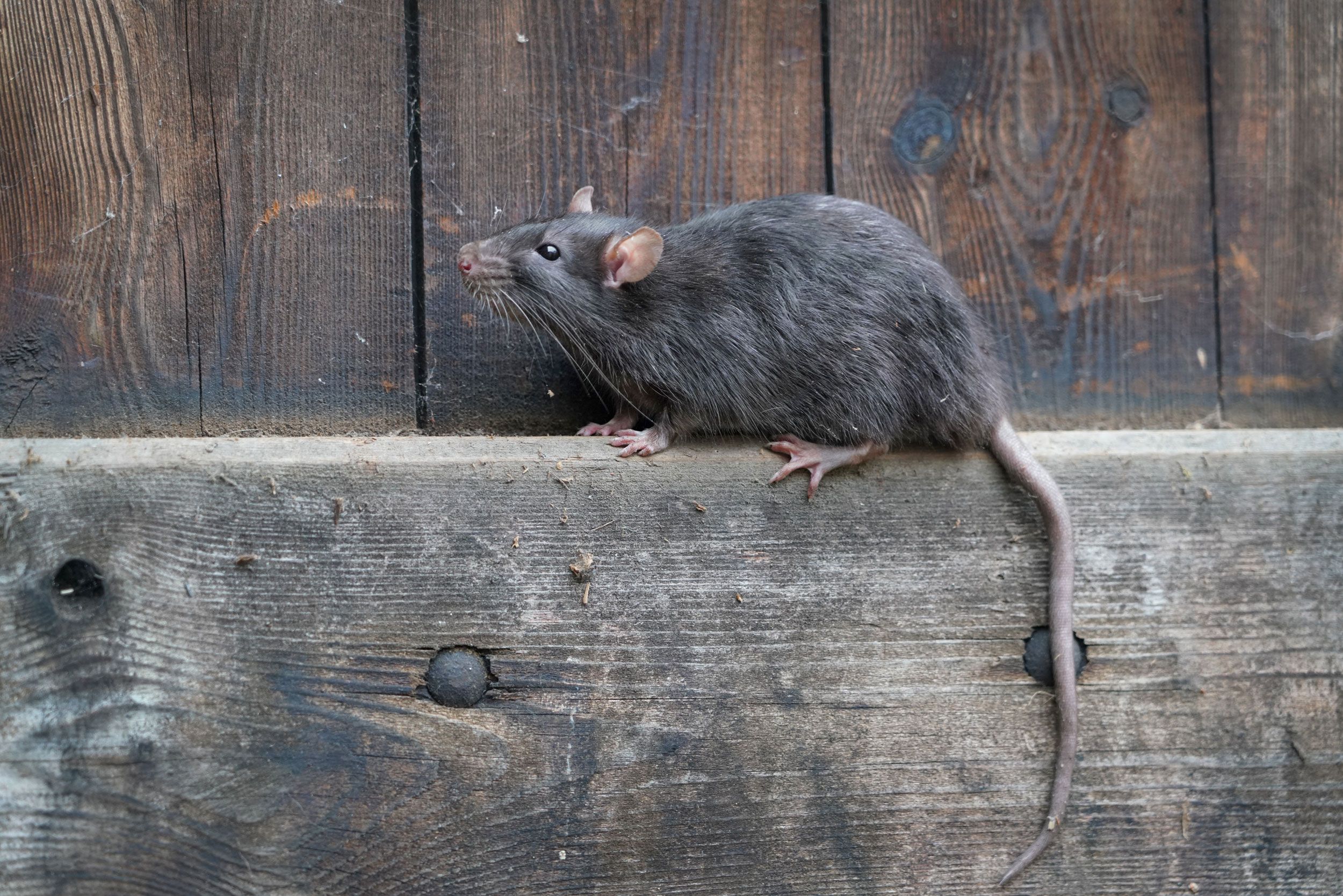Rodents such as rats and mice are notorious for invading attics, causing damage and health risks to homeowners. Understanding why these pests infest attics can help you take preventative measures to keep them out. Below, we explore the top reasons rodents seek shelter in attics and how you can deter them.
1. Warmth and Shelter
Attics provide a warm and safe environment for rodents, especially during colder months. Insulation materials offer a cozy nesting space, making attics an attractive refuge.
2. Easy Access Points
Rodents can squeeze through small gaps, cracks, and holes in roofs, vents, and siding. If your home has unsealed openings, rodents will take advantage of these entry points to infiltrate your attic.
3. Abundance of Nesting Materials
Attics often contain insulation, cardboard boxes, and stored items, all of which provide ideal materials for them to build nests and reproduce.
4. Availability of Food Sources
Even though attics may not have direct food sources, they are resourceful and will travel through walls and ducts to find food in your kitchen or pantry. Pet food and unsecured garbage also attract them.
5. Protection from Predators
Rodents prefer secluded areas that keep them safe from natural predators like cats, owls, and snakes. Attics offer the perfect hidden refuge away from danger.
6. Moisture and Water Sources
Leaky roofs, condensation, and plumbing issues create water sources that attract rodents. They need water to survive, and a damp attic provides them with the necessary hydration.
7. Lack of Human Disturbance
Since attics are not frequently visited by homeowners, rodents can thrive undisturbed. This allows them to breed and establish long-term infestations without immediate threats.
8. Reproduction and Colony Growth
Rodents reproduce quickly, and an undisturbed attic offers the perfect space for them to expand their population. Once inside, they multiply, making infestations difficult to control.
9. Climbing and Gnawing Abilities
Rodents are excellent climbers and chewers. They can scale walls, wires, and pipes to access attics and gnaw through wood, wires, and insulation to create entry points and pathways.
10. Scent Trails from Previous Infestations
If they have infested your attic before, their scent trails may attract new rodents. Pheromones left behind signal to others that your attic is a safe and suitable habitat.
How to Prevent Rodents from Infesting Your Attic
- Seal entry points: Inspect your home for cracks, gaps, and holes, and seal them with rodent-proof materials.
- Keep food sources secure: Store food in airtight containers and dispose of garbage regularly.
- Reduce clutter: Keep attics clean and organized to eliminate nesting materials.
- Fix moisture issues: Repair leaks and improve ventilation to eliminate water sources.
- Use traps and deterrents: Place rodent traps or repellents in areas prone to infestations.
- Schedule professional inspections: Regular pest control inspections can help detect and address rodent issues early.
Conclusion
Rodents infest attics for warmth, safety, and easy access to resources. By understanding the reasons behind these infestations and taking proactive measures, you can protect your home from damage and potential health risks. Stay vigilant and keep your attic rodent-free with these effective prevention strategies.




